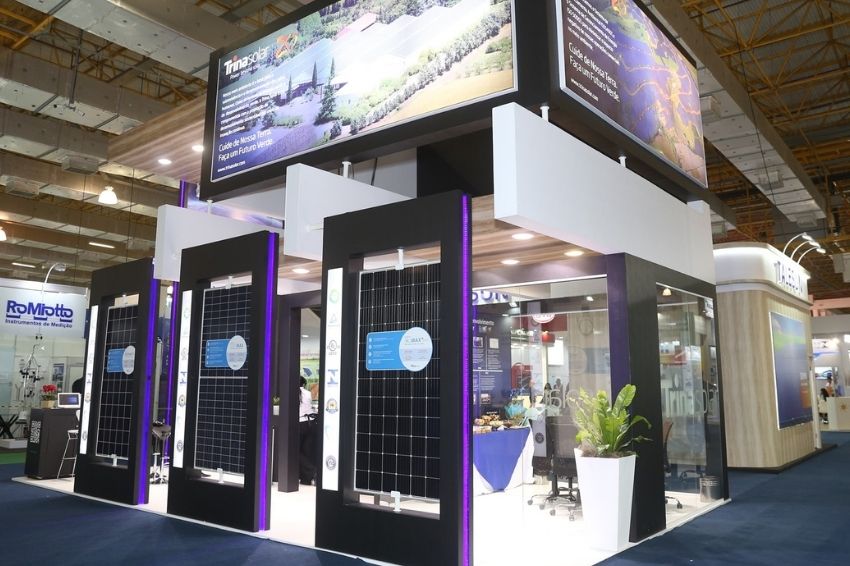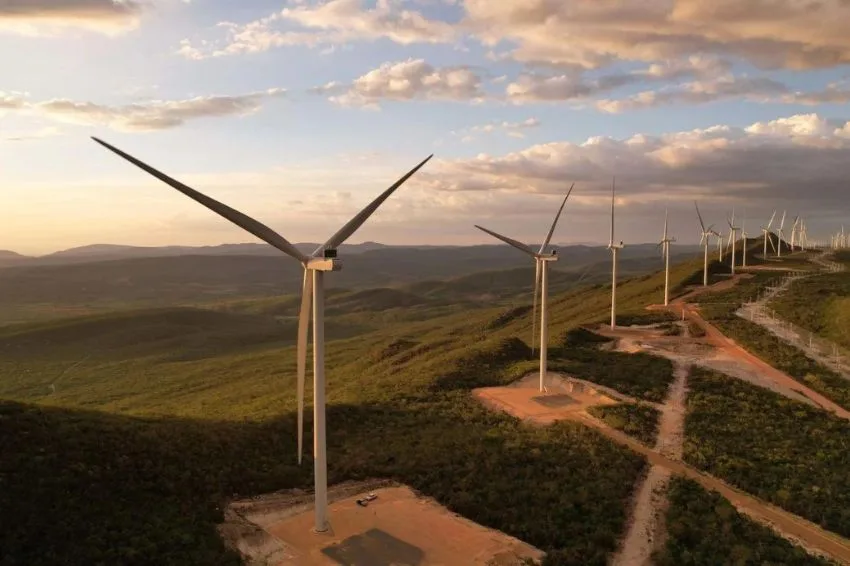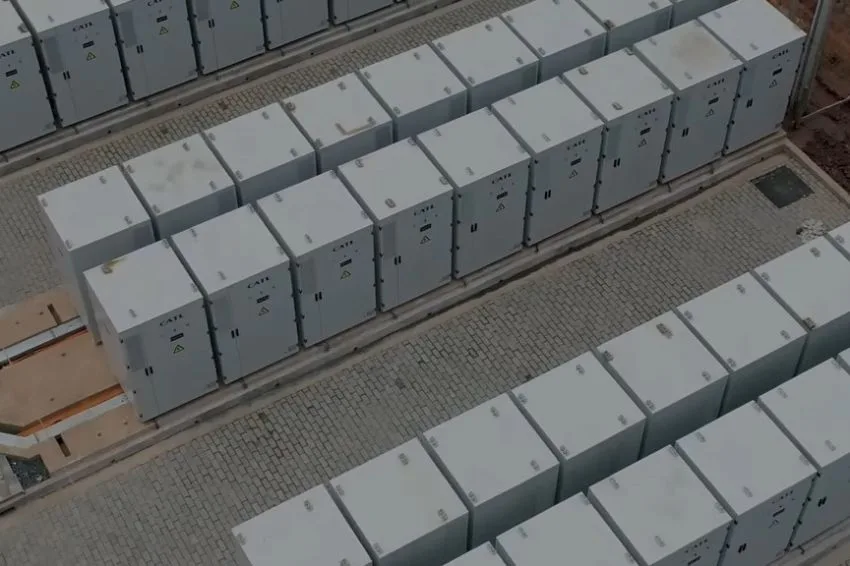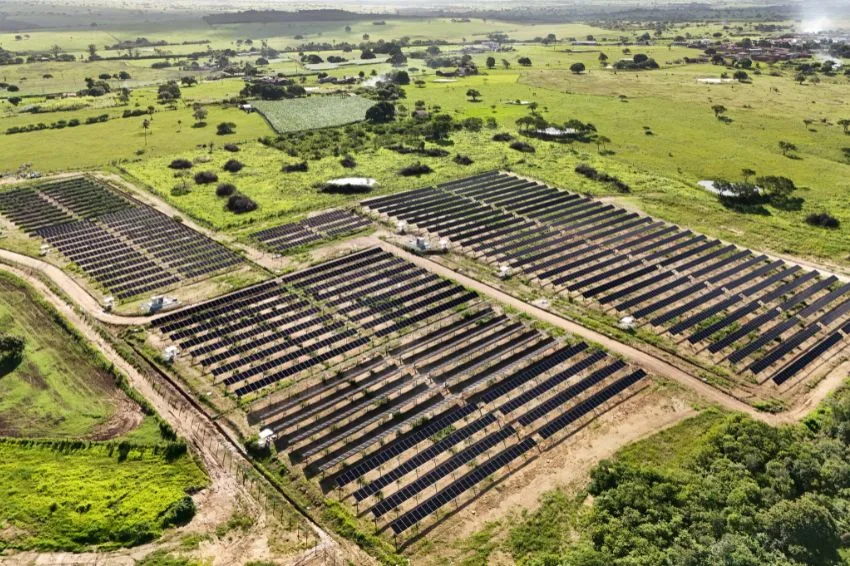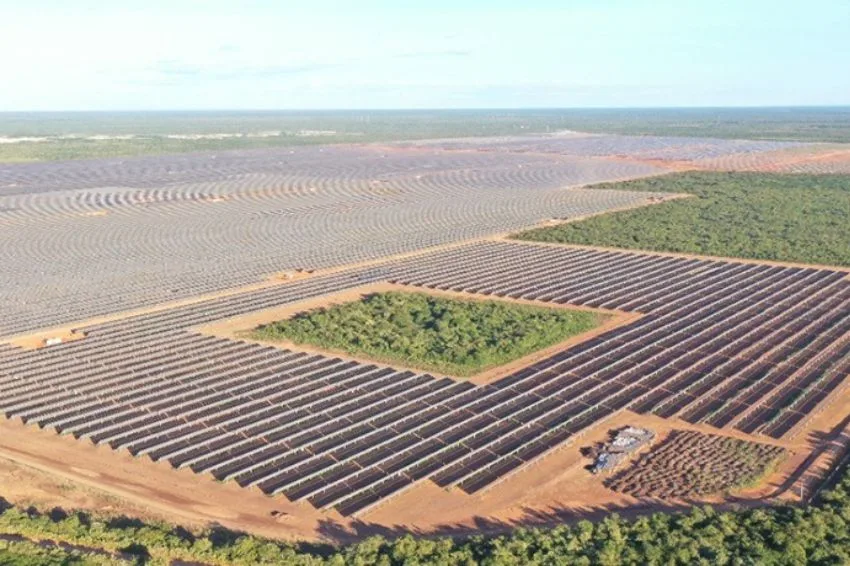Large format modules (including 182 mm and 210 mm) quickly became popular in the market mainstream, something that has been noticeable in the photovoltaic industry since last year. The success, according to a recently published report by PV InfoLink, will make this type of module account for around 80% of the market share by the end of 2022.
“The move to large format modules is irresistible from the point of view of industrial chain support, cost reduction, production capacity and market share”, highlights the report.
Therefore, the production capacity of large cells and modules is expected to increase year by year until 2025. According to the study, at the end of last year, production lines for cells with sizes of up to 182 mm and 210 mm reached 266 GW, while large format modules stood at 292 GW.
Based on external policies and market development, the research further shows that several module manufacturers are expected to increase their production capacity in many places around the world. In Southeast Asia, the Trina Solar, for example, is one of the companies with the production capacity of 210 mm modules.
What explains the growth?
According to PV InfoLink, with the completion of older projects, there has been a rapid decline in demand and production of wafers and 158.75 mm cells (G1) since the third quarter of 2021, which has resulted in a reduction in the market share of smaller sizes, such as 166 mm (M6).
Furthermore, the study highlights that the more attractive cost of large-format modules also helps explain the numbers: the silicon-free value of 166mm PERC cells is 0.2 to 0.23 yuan per watt. For large cells, it varies from 0.17 to 0.21 yuan per watt.
Also according to the study, the cost reduction brought by large format modules also led to an expansion of PERC cell capacity – which surpassed the 170 GW capacity in 2021 and resulted in a significant reduction in the market share of polycrystalline cells and type N.


